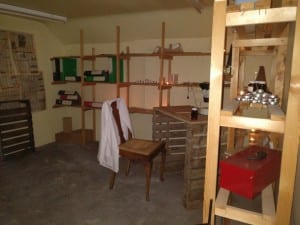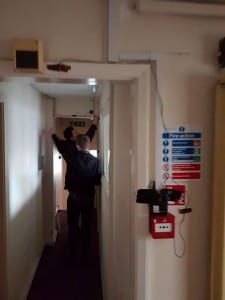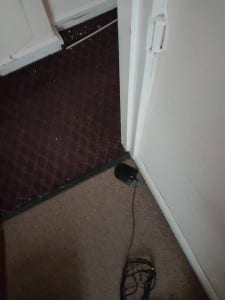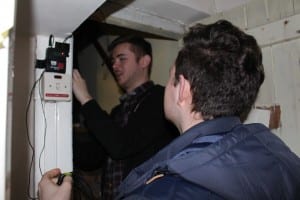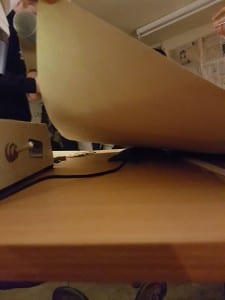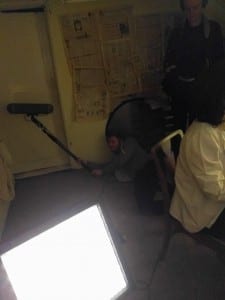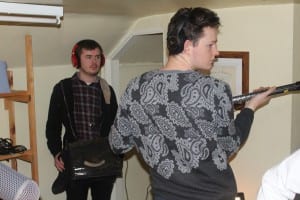Tuesday 11th October – Sunday 20th November
Callback
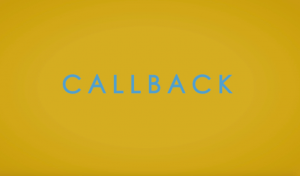
David sent an email around asking if anyone wanted to help with post for a short film with a graduate of this course, Matt North. Myself, Dan and Rob all took on the challenge. Matt explained that all he needed from us was to source Ambience, Foley and SFX, the Dialogue he was happy to do himself, and the Music was already done. We understood that we were helping as Matt was too busy to complete the entire project himself.
Through discussions with Matt, we eventually decided to split the film up into four reels, and set the target of one reel per week – the reels were roughly equal, around 5 minutes each.
We got on very well, the locations in the film included a café, Eaton Park in Norwich, a quiet suburban street, the coastal town of Cromer in Norfolk including the beach and the arcade, another park, the interior of a house and another café. The cafés were great to source, as we also included the traffic noises of the busy street outside, with sounds of cars whirring past. We layered all scenes, such as the café ambiences, the birds, trees, wind, cyclist in the park, the wind, sea, waves, seagulls at the beach, etc.
There was a lot of Foley to do, the footsteps of the characters on several different surfaces, such as concrete, sand, stones. Other Foley included cloth movements, the rolling of dice, high-fives, mug handling, etc.
We sent the film off to Matt and he finished the Final Mix a week later. He let us know that as the film was entering festivals, we could not see the final product yet.
This was a very enjoyable project and a new way of working for us. As Matt was completing the final mix himself, all he needed was a premix of our Effects session. This meant that we made small level adjustments and edits throughout, but the bulk of this would be done by Matt. It was an odd concept to send him half-finished work as I have been used to completing a project start to finish, this gave me a great insight into how real-world pre-mixing works. I am very excited to see the final product and gained additional experience working on Foley, layering Ambiences and sourcing SFX.

